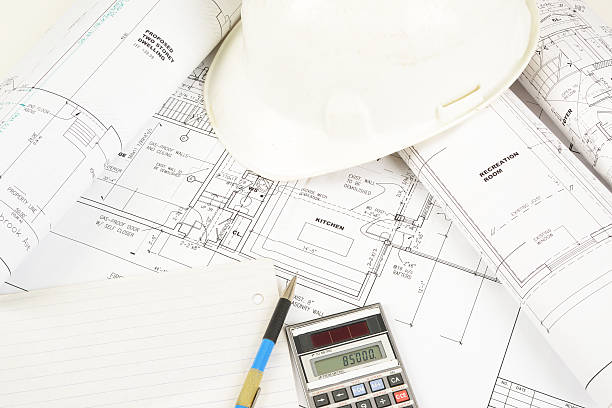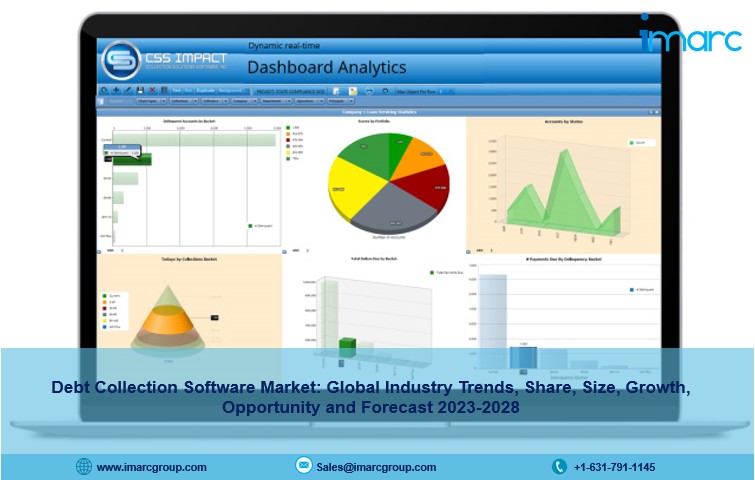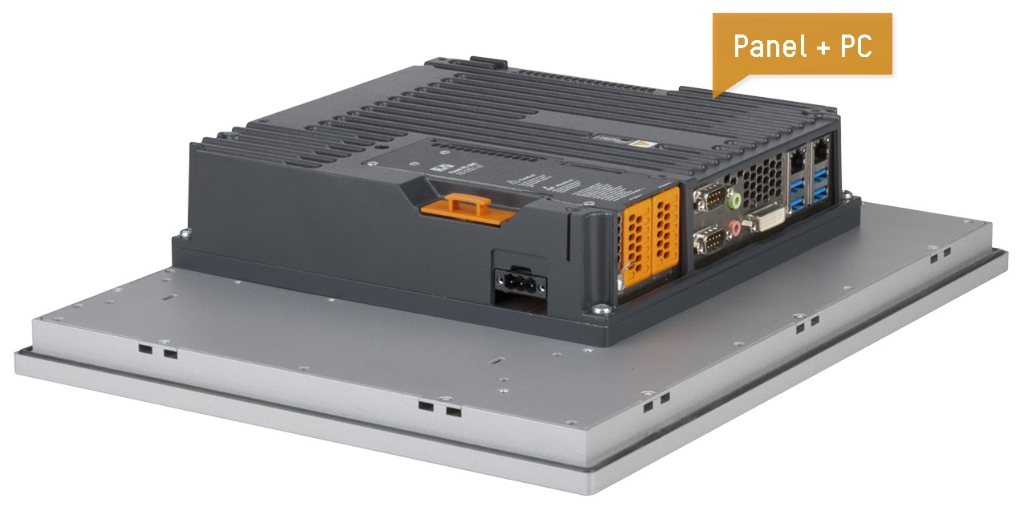You’re probably wondering how you can work as an Electrical Estimating Services estimator on the side. Especially if you’re already working a full-time job. Wonder no more. We’ve got the answer for you.
What Is an Electrical Estimator?
An electrical estimator is someone who prepares cost estimates for electrical installation, renovation, or repair projects. They may work for a particular company or be self-employed.
There are a few things you need to become an electrical estimator. First, you need to have a good understanding of electrical systems and be able to read and interpret blueprints and wiring diagrams. You also need to be able to calculate the size of electrical cables and fixtures, as well as the number of materials needed for a project.
Finally, you need to be able to estimate the cost of labor and materials. This involves analyzing the project, calculating the man-hours required, and estimating the cost of materials and labor.
What Skills and Qualifications Do I Need?
You likely need a high school diploma or equivalent. Most electrical estimators have an associate’s degree in electrical engineering or a related field.
You should also have experience in the electrical field. This can be through apprenticeship, schooling, or on-the-job training. Knowledge of construction and blueprints is also helpful. Being able to read and interpret schematics is a plus.
Finally, you should have excellent math skills. Electrical estimators use formulas and calculations to come up with their estimates.
Working on the Side as an Electrical Estimator: Tips for Success
Here are a few tips to be successful when working on the side as an electrical estimator:
- Stay organized. This is key when you’re working with multiple clients and projects at the same time. Keep all of your material in one place so that you can easily reference it when you need to.
- Communicate with your clients. Keep them updated on your progress, and make sure they know what to expect. This will help avoid any misunderstandings or surprises down the road.
- Keep a positive attitude. When you’re working on your own time, it’s easy to get frustrated if things don’t go exactly as planned. But remember that Rome wasn’t built in a day, and neither will your business be. Stay patient and consistent, and good things will come in time.

What Kind of Jobs Can an Electrical Estimator Do?
As an electrical estimator, you have the opportunity to work on a wide range of projects, ranging from residential work to commercial builds and even industrial sites. Whether you’re estimating costs for wiring or calculating the number of materials needed for a job, these types of projects will keep you busy and give you the chance to hone your estimating skills.
If you prefer working with your hands, you can also take on jobs like electrical estimating outsourcing in homes or businesses. Or maybe you’d rather focus solely on estimating costs; if that’s the case, then there are plenty of freelance opportunities out there.
No matter which project type appeals to you most, the goal is the same: to provide accurate estimates for clients and help them complete their projects quickly and cost-effectively. In other words, electrical estimators play a critical role in helping clients finish their projects on time and within budget.
Potential Customers: How to Find Them
The best way to get your name out there when you’re just starting out as an electrical estimator is to market yourself. Make sure you have a professional website with your contact information and portfolio of work. You can also join online job boards and networking sites to connect with potential customers. Social media is also a great tool for finding potential clients and showing off your skills.
Additionally, you can send out sample bid requests or cold-call potential customers in your area. You should also start building relationships with other professionals in the industry and attend industry events like conferences and trade shows. Doing this can help you gain insights into the industry as well as make connections that could lead to more business opportunities.
How to Price Projects and Manage Estimates
Once you’ve built up a few clients and have a few jobs under your belt, you’ll need to price projects and manage estimates. Electrical estimators determine the number of materials, tools, labor and equipment needed for a particular job, as well as make sure the project is completed on time and within budget.
An important part of being an electrical estimator is researching current material and labor costs in your area. This will help you create accurate quotes that are competitive yet profitable. You must also be able to analyze blueprints or technical documents quickly and accurately to determine how much material and labor will be needed for each job.
Finally, it’s important that you keep track of customers, bids, invoices, purchase orders, and other paperwork related to the job. These details will not only help keep your customer service running smoothly. But can also help you identify areas of improvement or where you could save money when bidding on future projects.
Conclusion
So, to become an Electrical Engineering Services estimator, it is important to get the necessary training and develop the required skills. But it’s also a good idea to get some work experience and to make sure you have a good understanding of the electrical industry.
There are many different ways to get the training and skills you need to work as an electrical estimator. You can take a course at a technical school, or you can study online. You can also learn on the job, by working with an experienced electrical estimator.
No matter how you get the training, it’s important to stay up-to-date with the latest developments in the electrical industry. You can do this by reading trade journals and attending industry conferences.
Read: Risk management in construction – an overview





